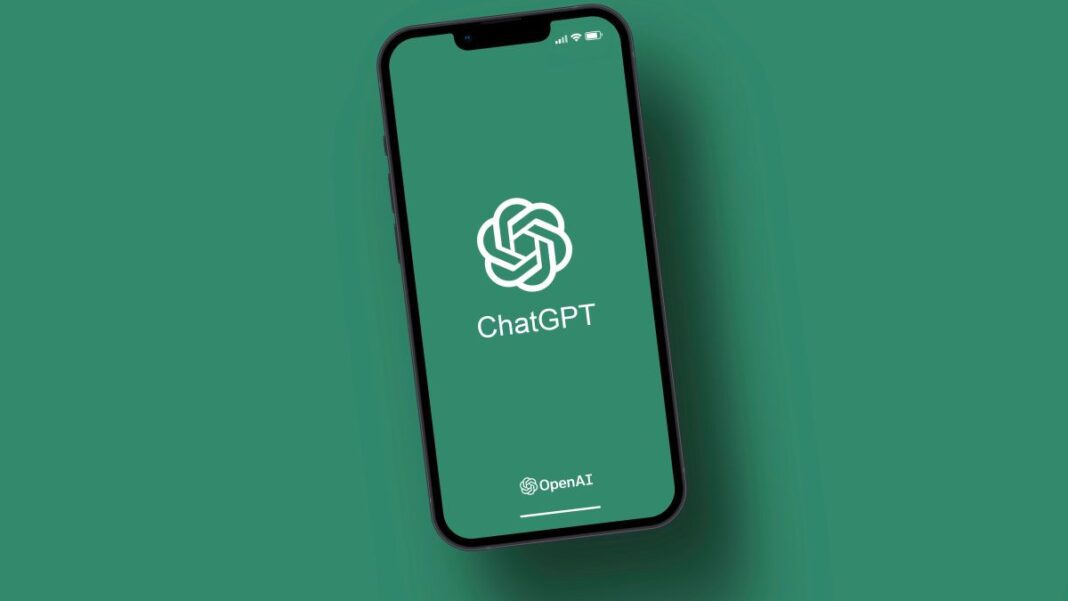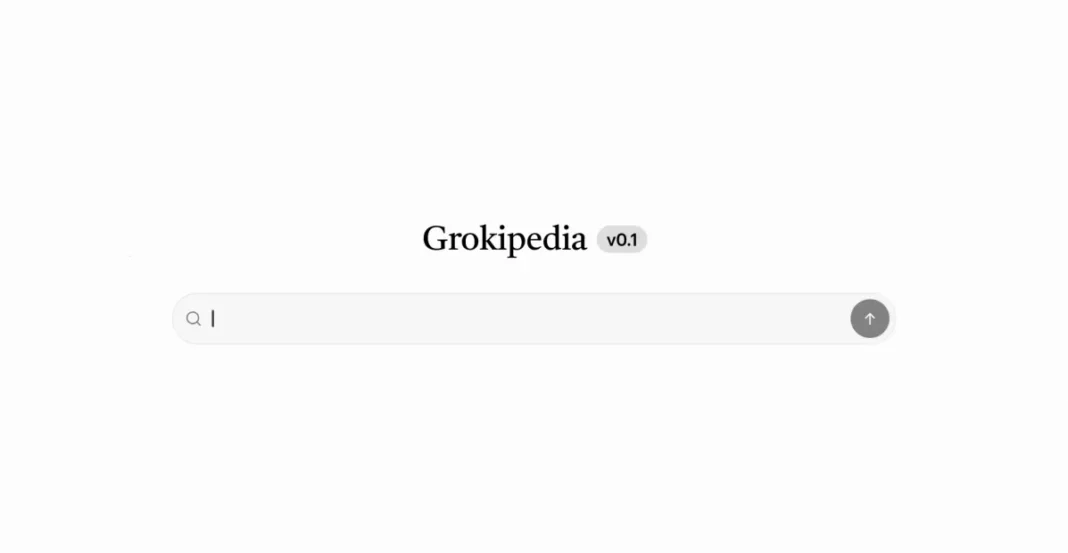The focus keyword ChatGPT suicide discussions weekly reflects a troubling new disclosure by OpenAI — the company estimates that over one million users each week engage in conversations with ChatGPT that indicate potential suicidal intent. This announcement brings the intersection of artificial intelligence and mental-health into sharp focus.
What OpenAI Disclosed
- OpenAI reports that approximately 0.15 % of weekly active ChatGPT users send messages that include “explicit indicators of potential suicidal planning or intent.”
- With ChatGPT’s user-base estimated at over 800 million weekly active users, this percentage translates to more than one million weekly users discussing suicidal thoughts.
- In addition, OpenAI estimates another ~0.07 % (about 560,000 users weekly) show “possible signs of mental-health emergencies related to psychosis or mania.”
- OpenAI says these kinds of cases are “extremely rare” in percentage terms, yet the absolute numbers are significant due to the large user base.
Why This Matters
AI as a Support Space (and Risk Space)
Many individuals seem to be turning to ChatGPT for support in crises—whether intentionally or as a consequence of its availability. Yet OpenAI emphasises that ChatGPT is not a substitute for a trained mental-health professional.
This raises critical questions:
- Can AI responsibly manage conversations around suicidal ideation?
- What safeguards are in place (or needed) for large-scale deployment of conversational AI when users are in crisis?
- Are we seeing AI become a de facto place of refuge for vulnerable users—without the proper protective structures?
Scale & Responsibility
The scale—over a million weekly—is a pivotal point. It suggests the mental health dimension of AI usage may be far greater than previously assumed.
At the same time, OpenAI emphasises the difficulty of precise measurement and cautions about drawing causal links between ChatGPT and suicides.
Nevertheless: the numbers drive home a sense of urgency around AI-safety, user vulnerability, and the ethics of AI interactions.
Legal, Regulatory & Ethical Impacts
OpenAI is already under increasing scrutiny:
- Lawsuits have emerged relating to deaths of minors after extensive ChatGPT use. Moneycontrol
- Governments and regulators are watching how AI platforms respond to self-harm and mental-health content.
- The disclosure itself may signal a shift in transparency: AI companies are now quantifying user-mental-health risks in a public way.
What Has OpenAI Done (or Plans to Do)
- OpenAI reports that its latest model (GPT-5) shows a compliance rate of 91% with its “desired behaviours” in internal evaluations of self-harm/suicide-related conversations — up from 77% in earlier versions.
- The company says it worked with over 170 clinicians and mental-health professionals globally to improve its responses.
- It is developing safeguards such as age detection, improved crisis-referral mechanisms, and stronger limits on unmoderated conversation around self-harm. WIRED
What to Consider & What Remains Unclear
- Detection vs. real-world outcomes: The numbers refer to conversations with suicidal indicators — not confirmed attempts or deaths. The causal chain is not established.
- Overlap & double-counting: Some users may fall into more than one category (suicidal intent, emotional dependency, psychosis).
- Global distribution: The demographic/geographic breakdown of these users is not clearly published.
- User behaviour over time: How many of these engagements result in effective intervention, help-seeking behaviour, or worsen due to AI interaction?
- Role of the AI vs. human systems: The role of ChatGPT in these scenarios is complex — as a conversation partner, not a therapist. The risk of reliance or detachment is real.
Implications for India & the World
For a country like India, where mental-health resources are stretched and stigma remains high, the fact that large numbers of people may seek solace or discussion via ChatGPT is significant.
- It suggests conversational AI may serve as supplementary access for mental-health dialogue — but without replacing professional care.
- Local regulators, mental-health practitioners, and AI developers may need to collaborate on region-specific guidelines, user-education, and referral systems.
- Globally, it signals a need for AI safety frameworks around self-harm, emotional dependency and crisis scenarios.
Conclusion
The revelation that over 1 million users weekly engage ChatGPT in conversations about suicide (focus keyword: ChatGPT suicide discussions weekly) is a wake-up call. It underscores the new reality where AI chatbots are deeply entwined with human vulnerabilities.
OpenAI’s transparency and safety-efforts are positive but the scale and complexity of the problem remain challenging. As conversational AI becomes more pervasive, the interplay between technology, mental wellbeing, and human support systems will become ever more critical.



